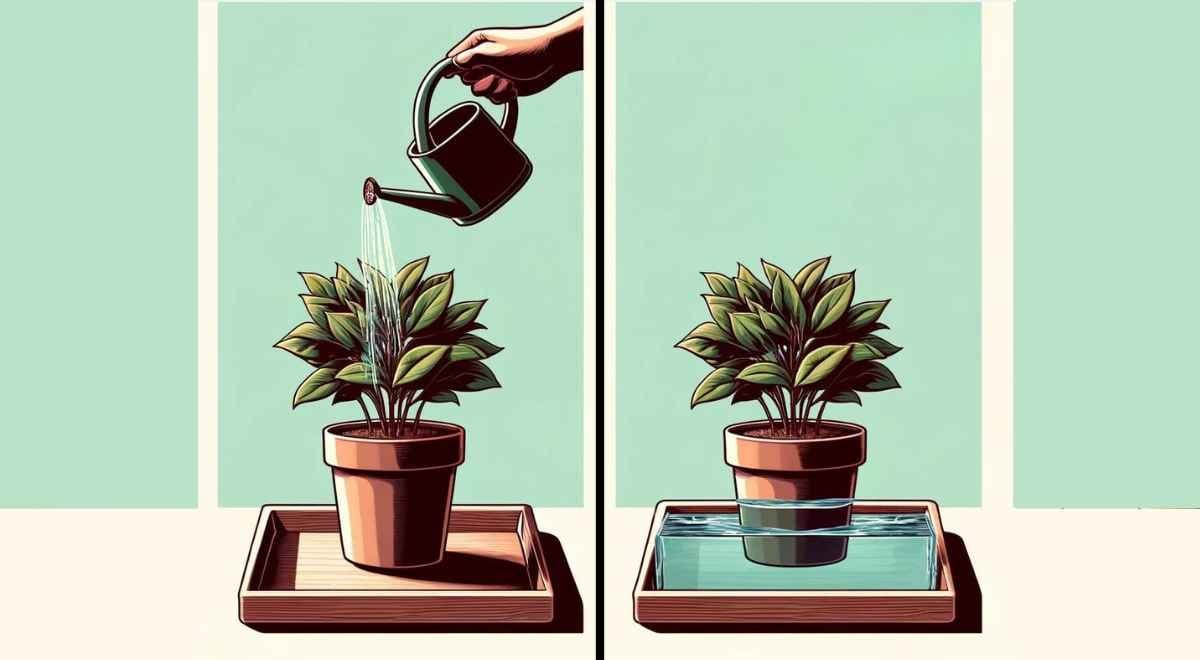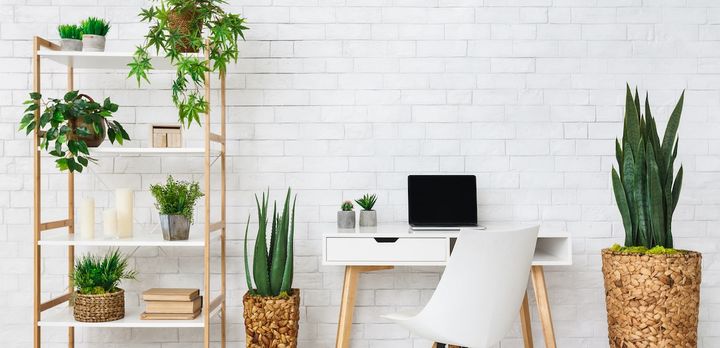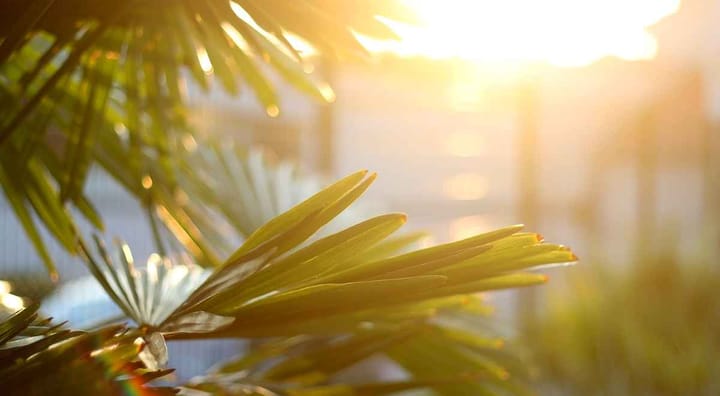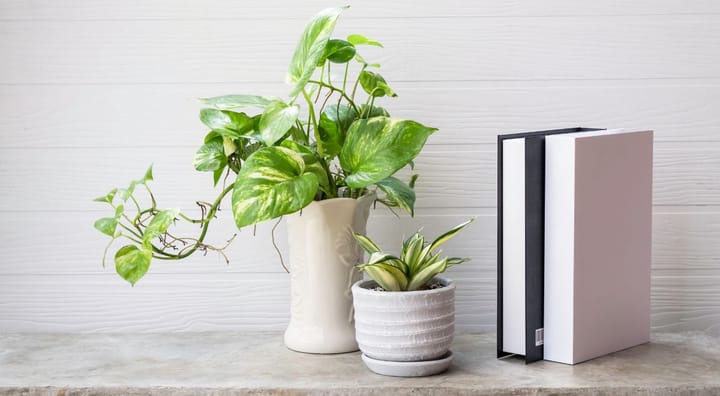A Beginner’s Guide to Bottom Watering Your Potted Plants
Want to know all about what Bottom Watering is? Learn why and how it is beneficial to your potted plants, and the repercussions of doing it improperly.

If you are a novice gardener there are chances that you might have heard of Bottom Watering, and those chances go down significantly if you are completely new to gardening. Whatever the case, here’s a brief guide to Bottom Watering.
What is Bottom-Watering?
Bottom Watering involves watering your plants from the bottom, unlike the traditional approach where water is poured on the top of the soil. In Bottom Watering, you place your pot in a container of water. The soil absorbs water from the drain hole at the bottom of the pot.
How to Bottom-Water Your Plants
- Place your Pot (terracotta recommended) in a shallow container or a tub.
- Fill it with water such that at least ⅓ to ½ of the pot is submerged in water.
- Allow the soil to soak up water from the drain hole for 15-20 minutes.
- Lift the pot out of the container/tub and let the excess water drain.
Benefits of Bottom-Watering
Prevents Overwatering
Bottom-watering allows the plant to absorb only the water it needs. This makes it hard to over-water it. However, leaving your pot in stagnant water for prolonged periods will cause your plant to develop other problems. Additionally, bottom-watering saves you time, because you can leave your pots soaking in a container while you do other tasks or just relax.
Promotes Healthy Root Growth
Since the source of the water is below the pot, the roots grow downwards instead of forming a mat at the surface like it does when you top water. This results in strong and healthy root growth. This is possible due to the soil being fully moisturized by bottom watering it.
Reduces Mineral Buildup
Top watering can deposit minerals at the top of your soil, but with bottom watering, this mineral buildup can be prevented.
Prevents Crown Rot
Some plants are susceptible to crown rot which is very likely to happen due to wet topsoil. Fungus and gnats prefer wet soil, so by bottom watering, you deny them their favorite soil condition, preventing this problem altogether.
Helps with Hydrophobic Soil
When soil is not watered for a long period of time it becomes hydrophobic, this also happens with patches of soil in a pot that never get wet due to the plant being top watered. Bottom watering can help fix these issues.
When to Bottom Water vs. Top Water Your Plants?

While all the previously discussed benefits are as real as they can get, is it okay to switch to Bottom watering instead of following the traditional approach? The answer is entirely situational. The best method for you depends on your situation and requirements.
Top watering is the best way to water in normal circumstances. When you water your plants from above, the water travels through the growth medium all the while pulling in air and oxygenating the soil and the roots.. It also doesn’t make sense to bottom water your plants if you have quite some pots, have large plants, for hanging pots, or if you want to add fertilizer. And finally, if your plants are doing good with regular watering, there is barely any justification to opt for a different watering method.
Bottom Water if…
…you have plants that hate getting their leaves wet like African Violets.
…your soil medium can’t hold water well.
…you have a fungus problem.
…you have hydrophobic soil.
…you are going to be away from your plants for a couple of days.
…your plants need extra moisture or prefer wet soil.
…if the top of your pot is completely covered with the leaves of your plant leaving no space to top water.
…your plant is root-bound.
Useful Tips When Bottom Watering Your Plants
Not sure if your plants are adequately watered?
Stick a popsicle stick or a skewer into the topsoil, you can judge the moisture level by touching them. Alternatively, you could use a moisture meter.
The other method involves lifting your pot, by doing so, you will know that the soil has soaked up enough water if the weight of the pot increases, you will need to get a feel for this though, by doing this multiple times.
Look out for signs that your plants need water, some common signs are drooping plants and curled leaves.
Hydrophobic Soil?
If your soil is hydrophobic or clunky, it will need to soak longer than 20 minutes. Once you feel that it has soaked enough, use one of the above methods to know if the soil has retained moisture.
Top watering still helps
Top watering every once in a while will help wash away the mineral deposits on the topsoil.
Sharing Water
It is highly not recommended to share water between plants while bottom watering, this is because of the chance of spreading diseases from one plant to another plant.
Check up on your Plants
After soaking your pot in water, be sure to check back after 20 minutes to see if there’s any leftover water. Leaving your pot soaking in water for a prolonged period can lead to root rot.
With all of this said you can still bottom-water most of your potted plants. Just make sure to observe the effect it has on them, and remember, it takes time for your plants to get accustomed to Bottom watering, so you might not see the results immediately.




Comments ()